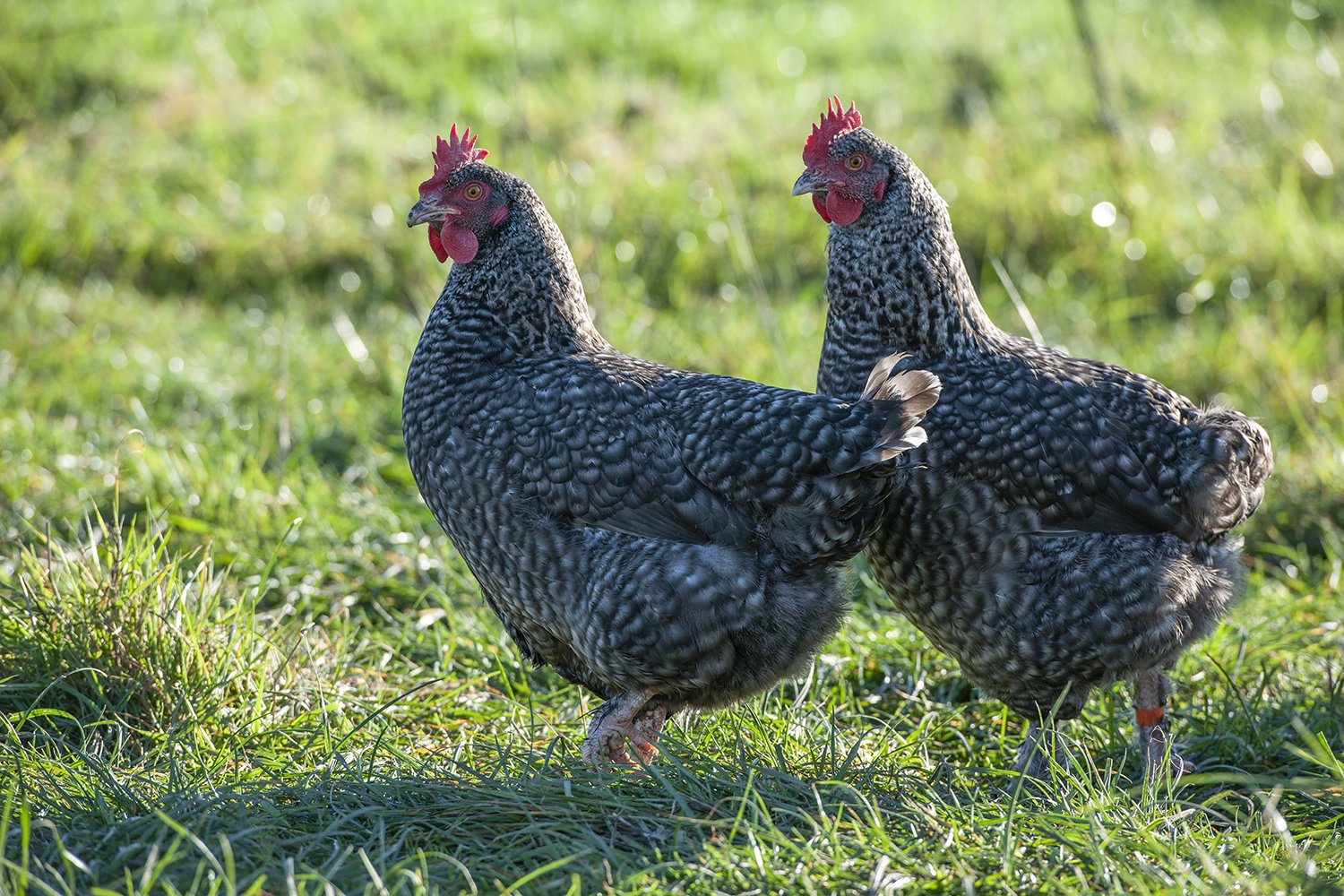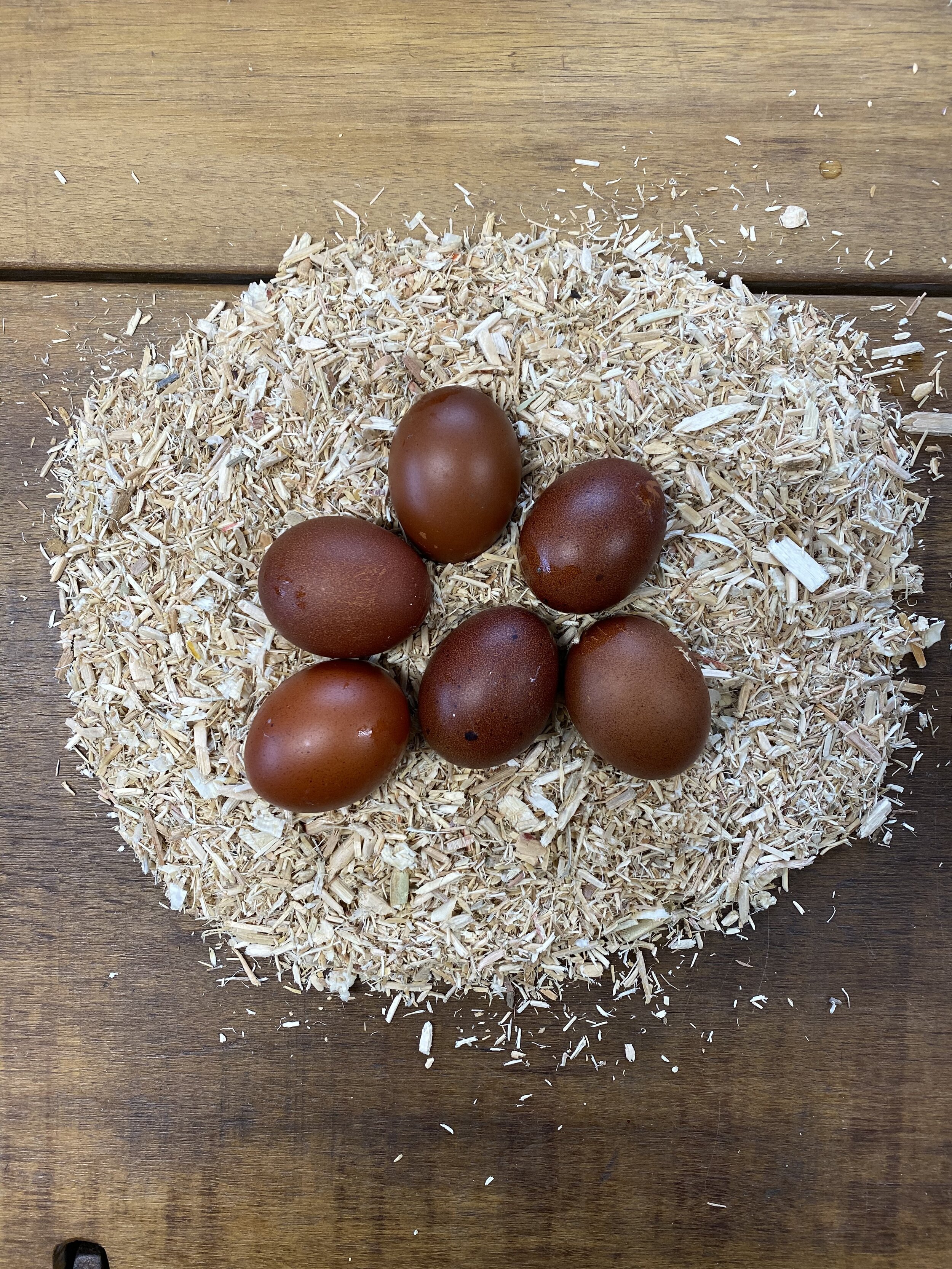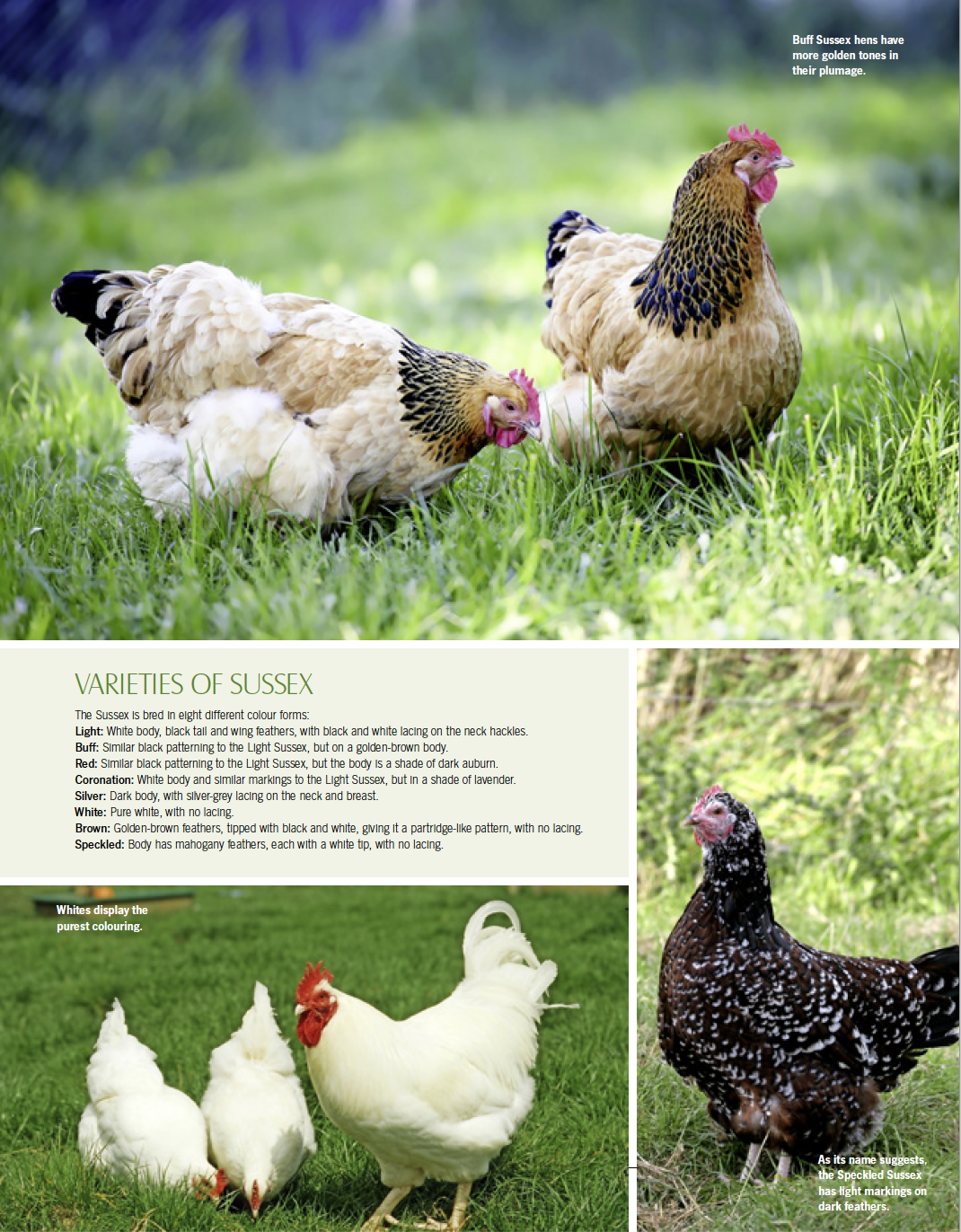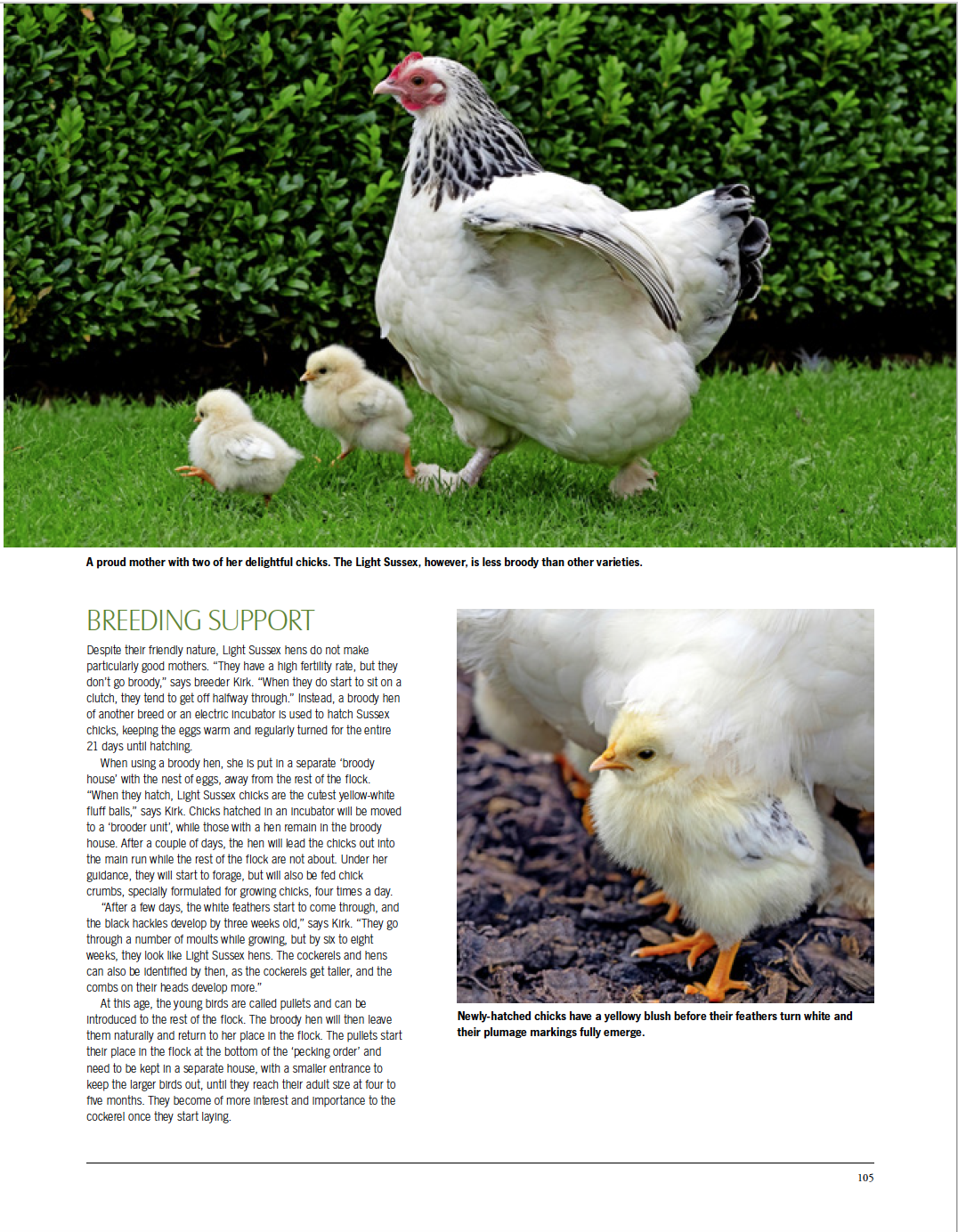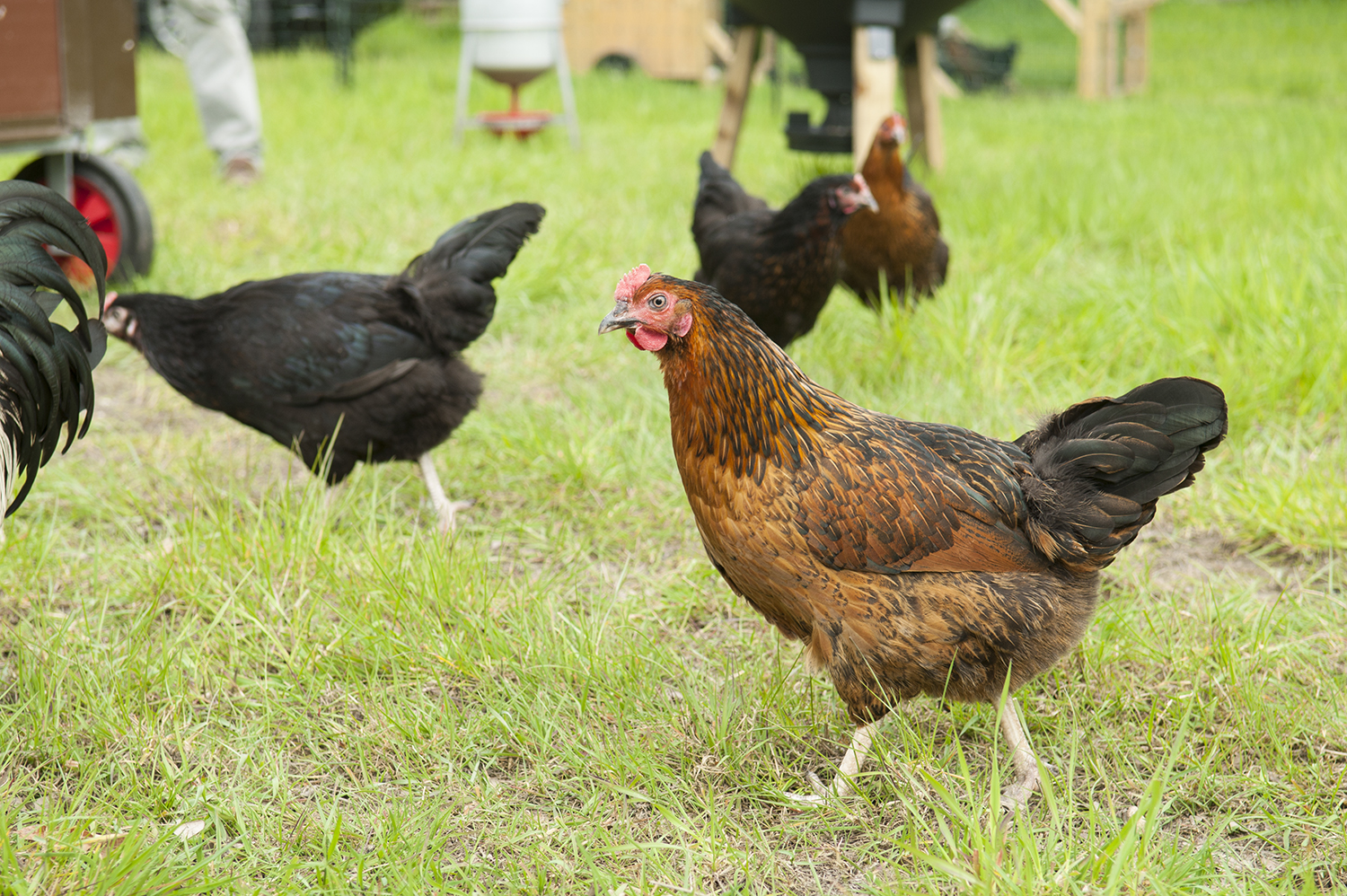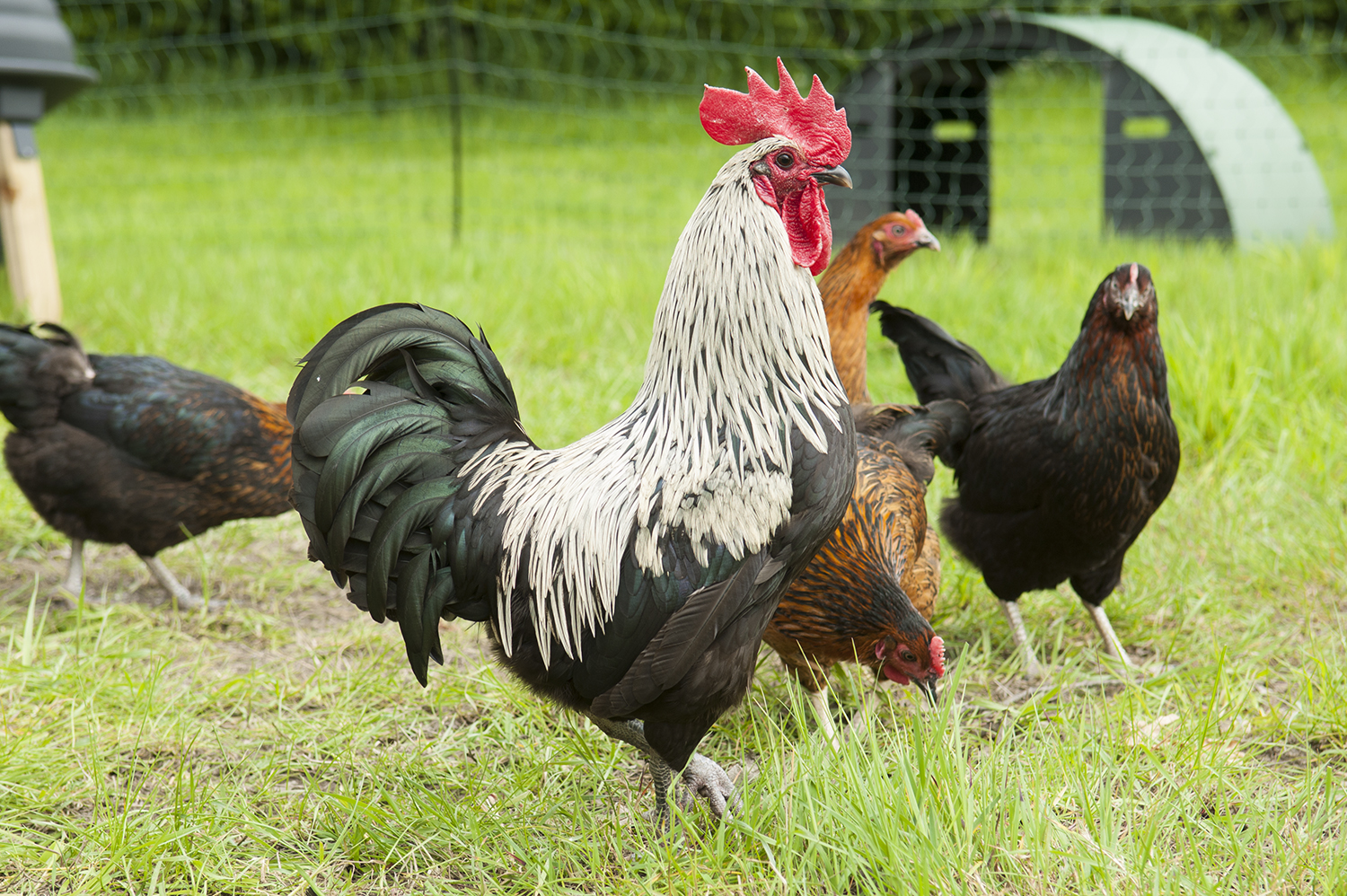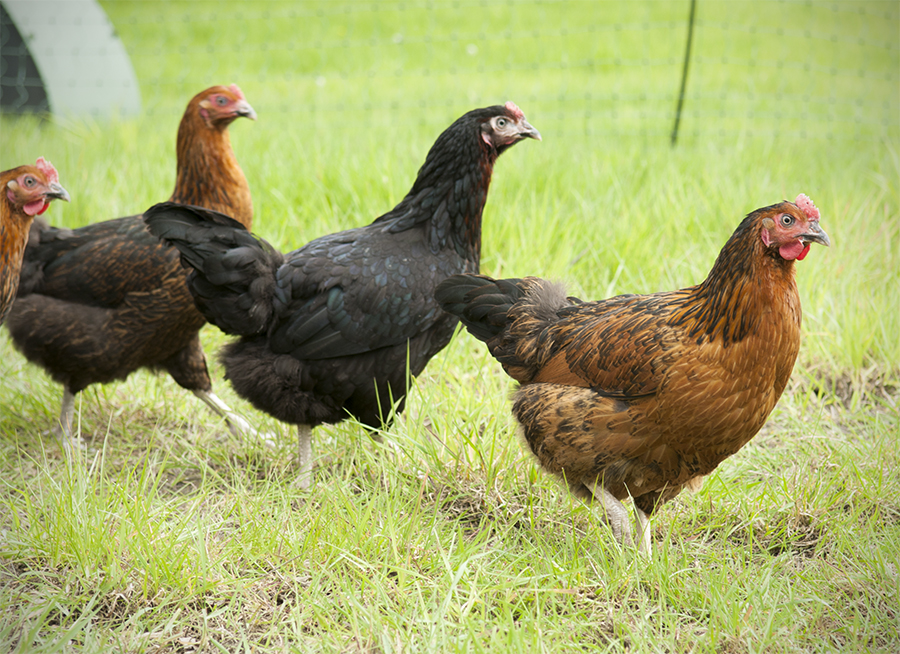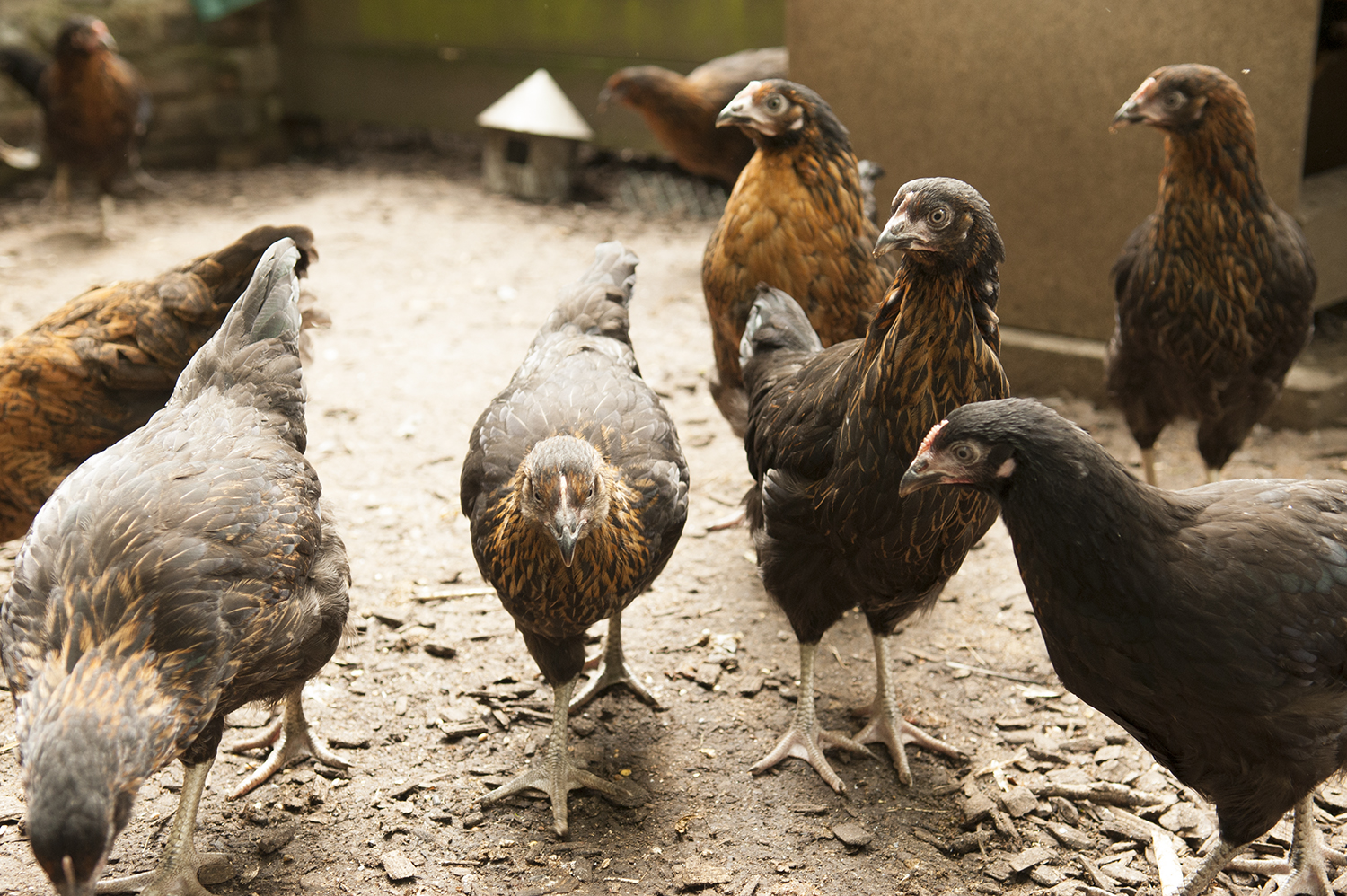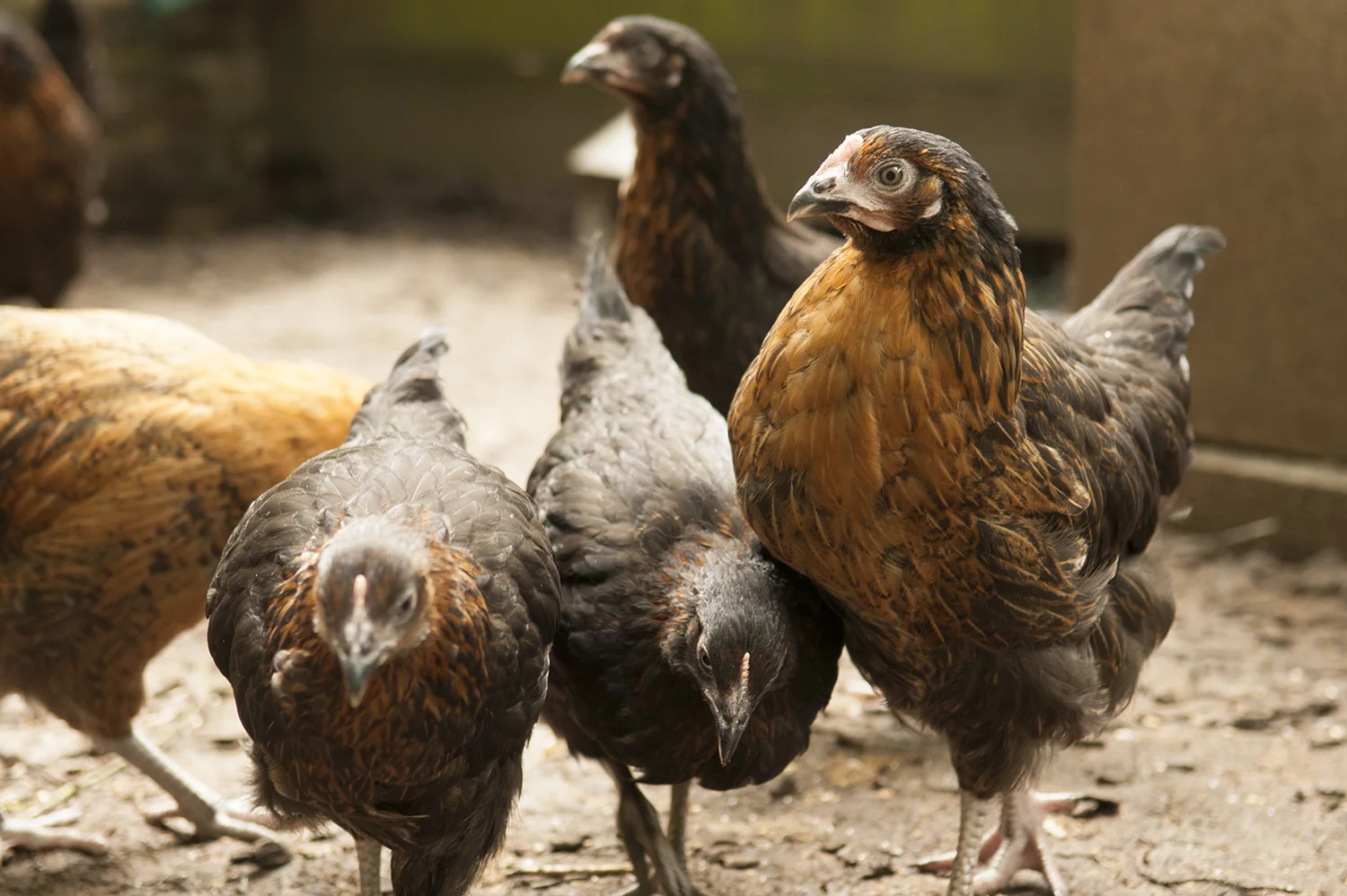Among the many treasured heritage breeds in the UK, few are as instantly recognisable—or as historically significant—as the Light Sussex. With their striking white plumage, black neck hackles, and proud, upright stance, Light Sussex chickens are not only visually stunning but also play an important role in Britain’s poultry heritage. Though once common on farms across the country, they are now considered a rare breed, cherished by enthusiasts, smallholders, and conservation breeders striving to preserve their legacy.
A Rich History Rooted in the British Countryside
The Sussex breed dates back to at least the early 19th century, originating in the county of Sussex and becoming a favourite table bird long before the rise of commercial hybrids. By the early 20th century, the breed standard was established, with the Light Sussex becoming one of the best-known colour varieties.
Their historical popularity stemmed from their versatility: they were dual-purpose birds, valued for excellent meat quality and reliable egg production. Before industrial breeding transformed poultry farming, the Sussex was a staple of British agriculture.
Why the Light Sussex Became Rare
Despite their early success, traditional breeds like the Light Sussex fell out of favour as commercial strains dominated modern farming. Hybrids that grew faster or laid more intensively displaced heritage breeds, leading to steep declines in population.
Today, organisations such as the Rare Breeds Survival Trust (RBST) list traditional poultry among species requiring protection to maintain genetic diversity. The Light Sussex, though still known among poultry keepers, relies heavily on small-scale breeders and enthusiasts to sustain its numbers.
What Makes the Light Sussex Special?
If you’ve ever kept Light Sussex chickens, you’ll know that their charm goes well beyond their appearance.
1. Friendly, Curious Temperament
Light Sussex birds are exceptionally people-friendly. They’re calm, inquisitive, and enjoy interacting with their keepers, making them ideal for family flocks.
2. Hardy and Adaptable
Developed in the English countryside, the Light Sussex handles the UK climate with ease. They’re robust, disease-resistant, and thrive in free-range environments.
4. Beautiful Traditional Look
Their iconic colouring—a white body with contrasting black feathers on the neck, wings, and tail—makes them popular for showing and ornamental flocks.
Caring for Light Sussex Chickens
Keeping Light Sussex birds is relatively straightforward. Here are a few care tips:
Space: They enjoy roaming and foraging; free-range or large runs suit them well.
Diet: A balanced layers’ feed, plus the greens and insects they find while foraging, keeps them in top condition.
Housing: Provide secure, dry housing and plenty of perch space—they are medium-to-large birds.
Breeding: They can go broody but are generally reliable mothers when they do.
Why We Should Preserve This Rare Breed
Heritage breeds like the Light Sussex carry unique genetics that contribute to biodiversity and serve as a safeguard against disease vulnerabilities in commercial lines. By supporting rare breeds, keepers help maintain a living link to Britain’s rural past.
Whether kept for eggs, showing, or simply the joy of having a piece of agricultural history in your garden, Light Sussex chickens offer both beauty and purpose.








